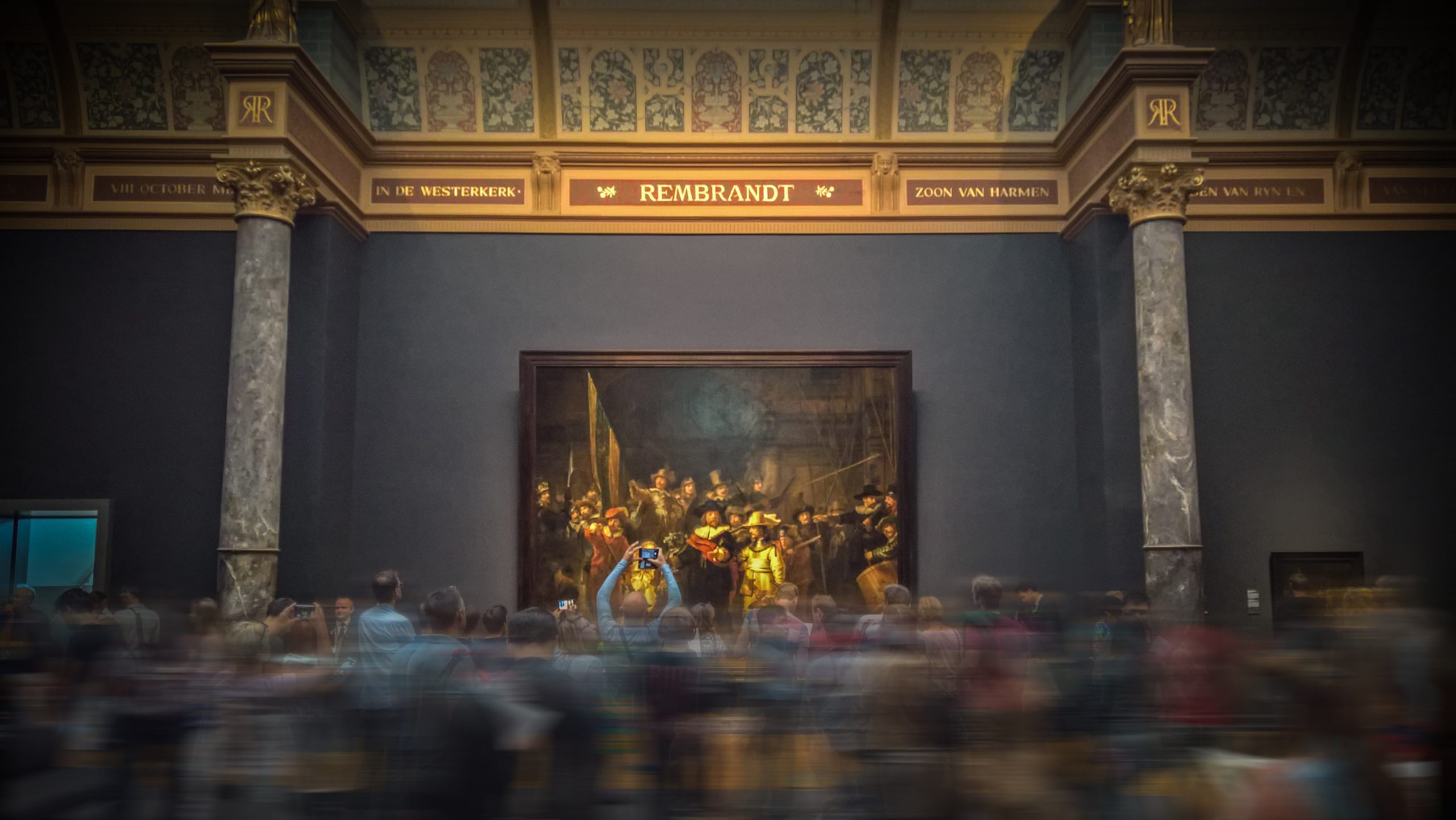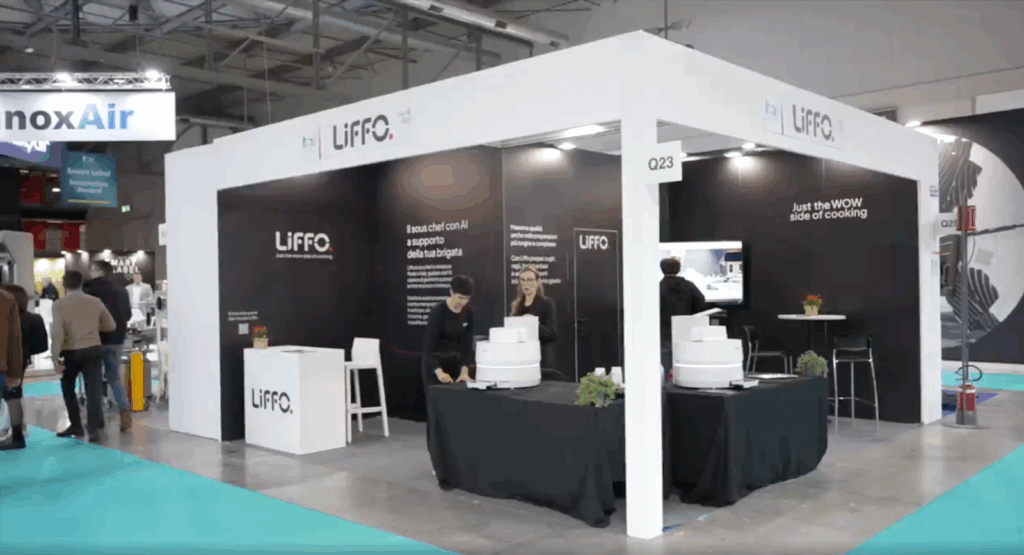The Cleveland Museum of Art has gains plaudits for its technology that will “completely revolutionize the consumption of art.” And, despite all those grumpy social commentators bemoaning the decline of culture in the millennial generation, it would appear that actually museums are more popular than ever. And it is due to advancements in technology, the ability to make the art more interactive than before possible that this is the case. While technology in museums isn’t exactly a new concept, the explosion of new technologies in recent years has allowed museums to enhance visitor experiences in a way that many thought would not be possible. But to be successful, museums need to focus on the exhibits, not the technology, they need to avoid trying to entice visitors with gimmicks, and instead find ways to make the technology complement the art, not the other way around. Chief Information Officer at the Cleveland Museum of Art, Jane Alexander, said, “The best use of digital is to not make you aware of the technology, but to make you aware of the art. It’s about putting art on the forefront. […] It’s about better practices and thinking about how can this be a toolset to get people into the collection. How can people use our collection to bring art into their daily lives?” In Cleveland, the museum’s ArtLens Gallery is a popular attraction which visitors can use whilst exploring the museum that will enhance their experience. With the app, people visiting the museum can dock their devices, be it iPhone, iPad, or Android, to interactive stations which will automatically save all the artwork viewed and learned about during the trip. Its ArtLens Exhibition feature also contains additional content about about the works. Additionally, to combat the overwhelming must-see-everything feeling that consumes many when walking through snapshots of history and culture, ArtLens contains color-coded galleries that are grouped thematically, to facilitate easier navigation throughout. This feature is combined with wayfinding that includes a ‘Find Me’ button to pinpoint your location wherever you may be. Should you stumble upon a piece that particularly interests you, simply tap the heart symbol in the app to save as a favourite which can be used to share on social media and show off just how cultured you are and, with more visits and more heart taps along the way, you can create your own personal tour. Should you simply be searching for a particular artist or exhibit, the app can also direct you towards your desired destination with the search function. A simple addition, sure, but for visitors short on time, it can prove a useful tool when navigating a labyrinth of cool and interesting things to see. Other institutions, such as the Metropolitan Museum of Art in New York, have gone about digitising its content to make it more accessible. Of this, Ken Weine, Chief Communications Officer at the Met said,“The shift to digital sparked more museum interest than ever. It opened up a new realm, merging the tech savvy with the art fanatics.” With the goal of getting people into galleries, this use of technology can serve as an example to others throughout the US and the rest of world of how to properly marry the art and the tech together to create an effective and memorable experience.
Technology making Midwest museums more popular, interactive
By Techli
28 septiembre, 2017









